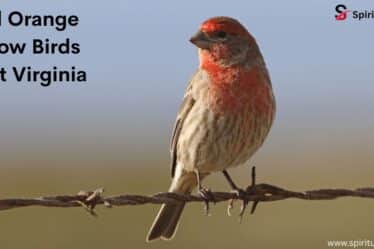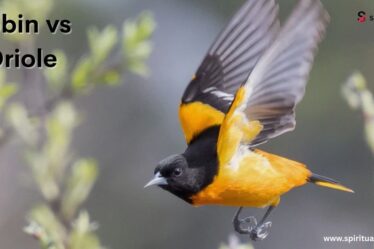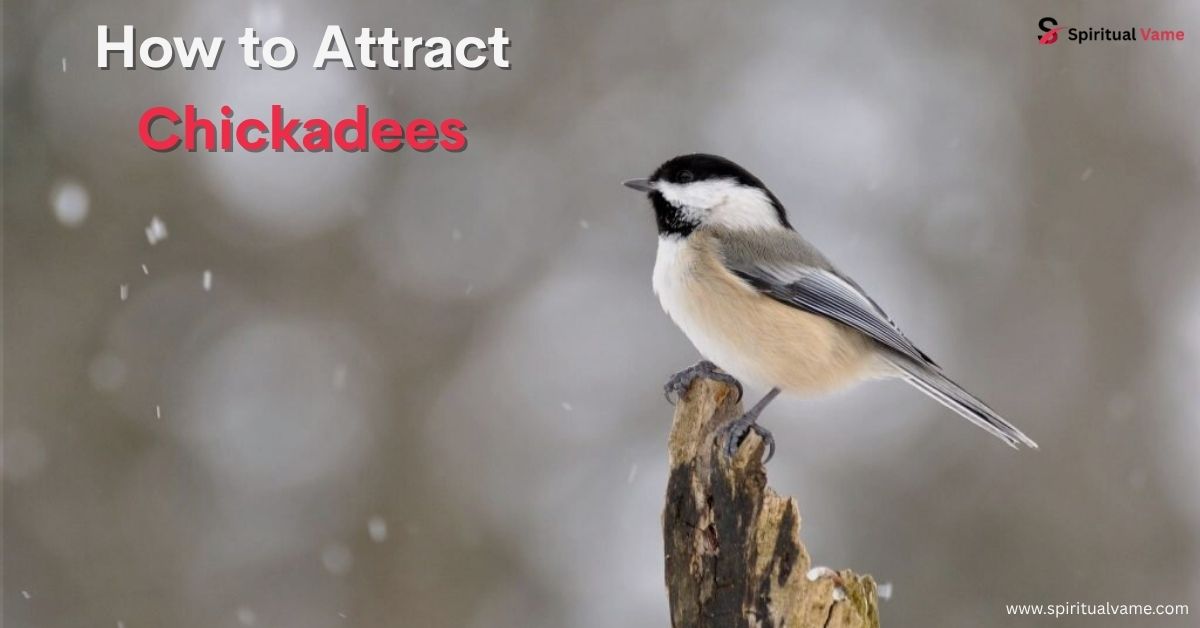
Hearing a chickadee’s cheerful song right in your own backyard is one of the sweetest sounds of nature. Their friendly personalities and cute looks make them a favorite among bird watchers. If you’ve ever wondered how to attract chickadees, you’re in luck. With the right mix of food, water, shelter, and nesting space, you can turn your yard into a year-round home for these delightful birds. In this guide, we’ll show you exactly how to make your backyard the perfect place for chickadees, so they’ll keep coming back every season.
Attracting Chickadees to Your Backyard
Creating a welcoming space for chickadees isn’t just about putting up a feeder and hoping for the best. You need to understand what these small birds love and what keeps them coming back. Chickadees look for food that is easy to find, fresh water to drink and bathe in, and safe places to nest and hide from predators. If you offer all of these in your backyard, you’ll soon have them visiting every day.
The trick to attracting chickadees is to make them feel safe and at home. Planting native trees and shrubs gives them natural cover, while setting up tube feeders, hopper feeders, and suet cages loaded with black oil sunflower seeds, peanuts, and suet meets their feeding needs. Careful feeder placement near trees and shrubs also provides quick escape routes in case of danger. Over time, with a good setup, chickadees will view your yard as their favorite feeding and nesting spot.
Do Chickadees Migrate?
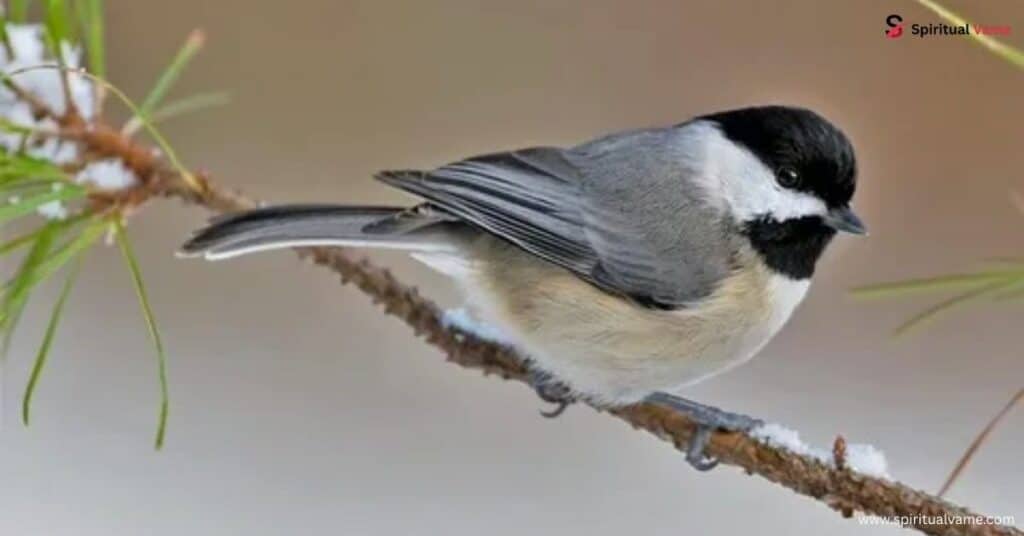
You might wonder if your chickadee visitors will leave once the weather gets cold. Luckily, chickadees are mostly non-migratory in the United States. This means once you attract them, you can enjoy their lively songs all year long. Instead of migrating, chickadees survive the winter by storing food in hidden spots and fluffing up their feathers to stay warm.
Since chickadees stick around in winter, it’s important to keep offering fresh food and unfrozen water even when the snow falls. Their feeding behavior changes slightly in winter as they rely more on feeding stations stocked with high-fat foods like suet. By supporting their needs all year, you’ll build a strong, trusting relationship with these fascinating little birds.
What Do Chickadees Look Like
Chickadees are small, charming birds that are easy to recognize. Most notably, the Black-capped Chickadee wears a black “cap” on its head and has crisp white cheeks. Their soft gray wings and back contrast nicely with their buffy underparts. They are tiny but full of energy, making constant, quick movements and singing their famous “chick-a-dee-dee-dee” call.
In different parts of the USA, you might also spot other chickadee types like the Carolina Chickadee, Mountain Chickadee, or Boreal Chickadee. While they all have slight differences, the common features—small size, lively behavior, and friendly personality—remain the same. Knowing what they look like helps you spot them easily when they start visiting your yard.
Foods
Feeding chickadees the right foods is the surest way to keep them coming. They adore black oil sunflower seeds because they are easy to crack and packed with energy. Peanuts, whether whole or shelled, are another favorite, providing important fats and proteins. Offering mealworms adds a treat that’s especially popular during nesting season when chickadees are raising young.
High-energy foods like suet are essential, especially during cold months when chickadees burn more calories staying warm. These foods cater to their natural feeding behavior and feeding preferences, ensuring your feeders are always bustling with activity. Consistently offering the right food options will help you meet their feeding requirements, and they’ll reward you with their delightful company.
Feeders
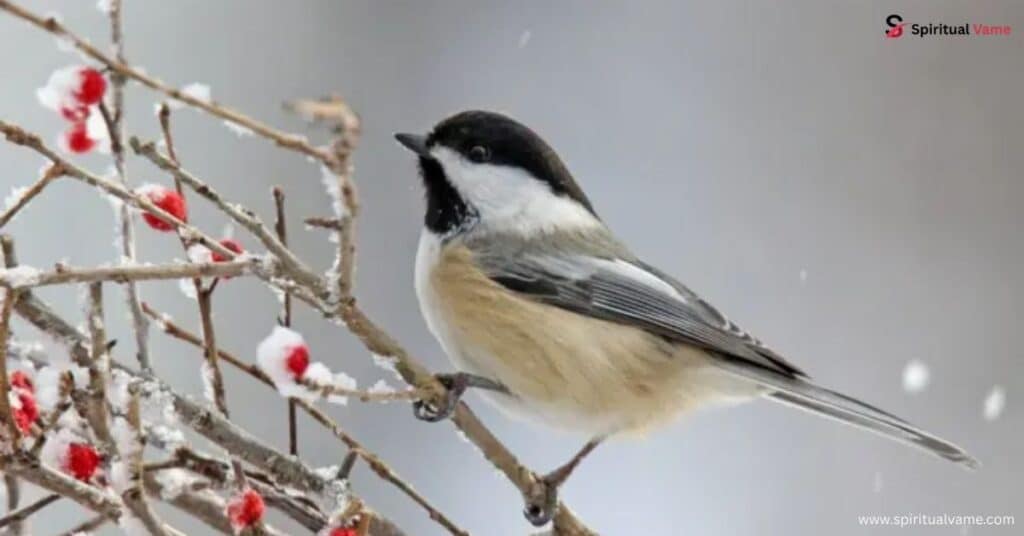
Choosing the right feeders is just as important as picking the right foods. Chickadees love tube feeders because they are easy to perch on and access. Hopper feeders are another great choice, allowing multiple birds to feed at once. Adding suet cages filled with high-fat suet cakes gives them another reliable food source.
Feeder placement plays a big role too. Putting feeders near trees or shrubs gives chickadees quick escape routes if predators show up. Keeping feeders clean is crucial; dirty feeders can spread mold, bacteria, and deadly diseases among birds. Regular feeder cleaning, feeder maintenance, and feeder upkeep prevent these problems and ensure your feeding stations stay safe and healthy. By maintaining your feeding equipment and following best feeding practices, you’ll keep chickadees visiting happily.
Birdbaths (Water)
Water is just as important as food when trying to attract chickadees. They need clean, fresh water for drinking and bathing year-round. A shallow birdbath with a rough surface gives them safe footing. During freezing months, using a heated birdbath keeps the water from turning to ice, which is critical since natural sources often freeze solid.
Keeping the birdbath clean prevents disease and helps chickadees stay healthy. By maintaining a reliable water source, you improve your backyard’s overall feeding environment and create an inviting feeding atmosphere that supports their daily needs.
Chickadee Houses (Nest Boxes)
If you want chickadees to stick around for good, offering nesting space is key. Chickadee houses or nest boxes should be built to exact sizes: about 8 inches tall with a 1 1/8-inch entrance hole. These measurements keep out larger, aggressive bird species and give chickadees a safe place to raise their families.
Place the nest boxes around 6-15 feet high on trees or poles, ideally near natural cover like shrubs or branches. Good placement offers protection from weather and predators, creating a safe, secure shelter that chickadees love. Adding nesting options to your backyard helps you create a complete feeding setting and supports the full life cycle of these birds.
Roosting Boxes (Shelter)
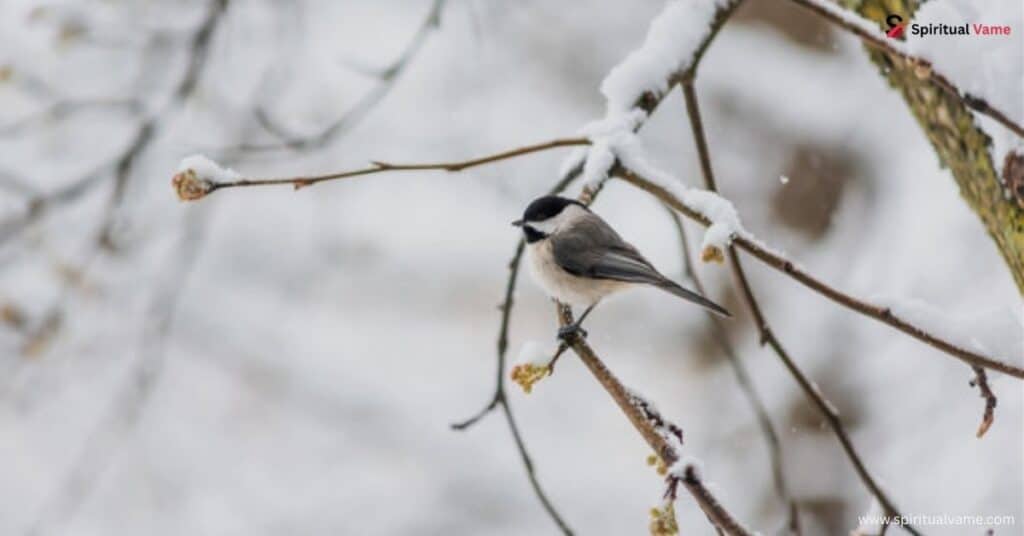
Roosting boxes are slightly different from nest boxes but equally important. They provide nighttime shelter, especially in winter when temperatures drop. Roosting boxes usually have entrance holes near the bottom to trap warm air and keep the inside cozy.
Install roosting boxes facing away from prevailing winds and near dense trees or shrubs for added protection. Chickadees naturally seek out places where they feel hidden and safe from predators, so offering proper shelter enhances your backyard’s appeal dramatically.
Nesting Material
Chickadees are clever builders and love using soft materials for their nests. You can help by offering natural options like moss, dry grass, pet fur, cotton fluff, and even small feathers. Place these materials in a mesh bag or drape them over bushes where chickadees can easily find them.
Providing the right feeding supplies and nesting materials gives chickadees everything they need to build strong, warm nests. These thoughtful touches help you support their natural behaviors and further strengthen their loyalty to your backyard.
Attract Black-Capped Chickadees to Your Backyard
Black-capped Chickadees are one of the most common and beloved species found across much of the United States. These tiny charmers prefer yards that offer a steady food supply, dependable water, and safe nesting spots. When you meet their needs, they often stay year-round and even bring their friends.
You’ll notice that Black-capped Chickadees have specific feeding preferences—they tend to go for black oil sunflower seeds and suet first. Knowing their feeding behavior helps you stock your feeding stations correctly and ensures your backyard stays lively with their playful songs.
Quality Food
Not all bird food is created equal. When attracting chickadees, offering quality food is a must. Stick to clean, fresh black oil sunflower seeds, unsalted peanuts, and premium suet products without unnecessary fillers like millet. High-quality foods give chickadees the energy they need and keep them healthy.
Poor-quality feed can spoil quickly, attracting pests and spreading disease. By offering top-notch options and checking your feeders daily, you not only meet their feeding standards, but you also create a feeding area that stands out from the rest of the neighborhood.
Clean, Fresh Water
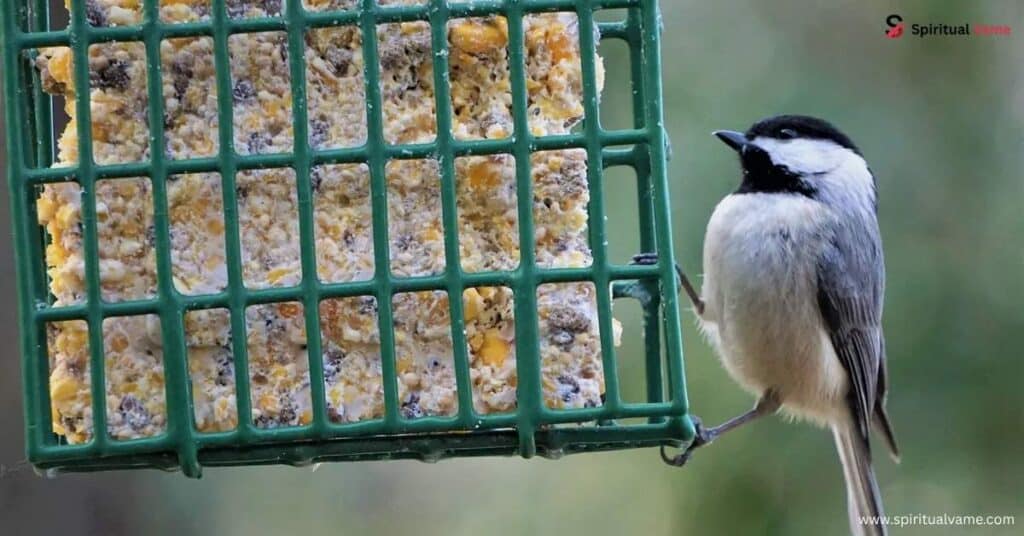
Fresh water can be the secret weapon in attracting chickadees. A birdbath filled with clean, cool water provides drinking and bathing opportunities that chickadees absolutely love. Refresh the water daily, especially in summer when it can evaporate or get dirty quickly.
Adding a gentle dripper or small fountain can make the water even more attractive. Moving water signals freshness, making your birdbath irresistible to chickadees and enhancing the feeding ambiance of your backyard.
Safe, Secure Shelter (including Nesting Sites)
Creating a safe, secure shelter is one of the most important parts of keeping chickadees around. Place nesting boxes and roosting boxes in quiet, hidden spots surrounded by natural cover like evergreen trees or dense shrubs. Always use predator protection like baffles or guards on poles to prevent raccoons or cats from reaching the birds.
When chickadees feel safe, they visit more often, stay longer, and even raise their families nearby. By focusing on security, you turn your backyard into a true safe haven and meet their natural feeding requirements while supporting their full life cycle.
Attract Chickadees With a DIY Nesting Box
Building a DIY chickadee nesting box isn’t just simple—it’s rewarding. Using untreated wood, cut your box to the right size with an entrance hole about 1 1/8 inches wide. Sand all edges smooth to protect tiny feet, and drill a few ventilation holes near the top for air circulation.
Place your nesting box in a spot sheltered from heavy winds, about 6–10 feet off the ground. Facing the entrance away from prevailing weather and near trees offers maximum comfort and security, giving chickadees every reason to move in.
A few simple steps will attract these native birds to your landscape, and soon you’ll be enjoying their dee-dee-delightful song all year round.
By offering quality food, clean, fresh water, safe nesting sites, and proper shelter, you’ll quickly see your yard transform into a chickadee paradise. These loyal little birds will reward your efforts with their cheery songs, lively antics, and friendly presence in every season.
With just a little planning and care, you’ll not only answer the question of how to attract chickadees but also build lasting connections with some of the most delightful birds nature has to offer.
Conclusion
If you’ve been wondering how to attract chickadees, the answer is simple—give them what they love. Clean water, safe shelter, and the right food are must-haves. Once you learn how to attract chickadees, you’ll see them return again and again. Chickadees need year-round care. So keep their feeders full, their bath clean, and their home safe.


